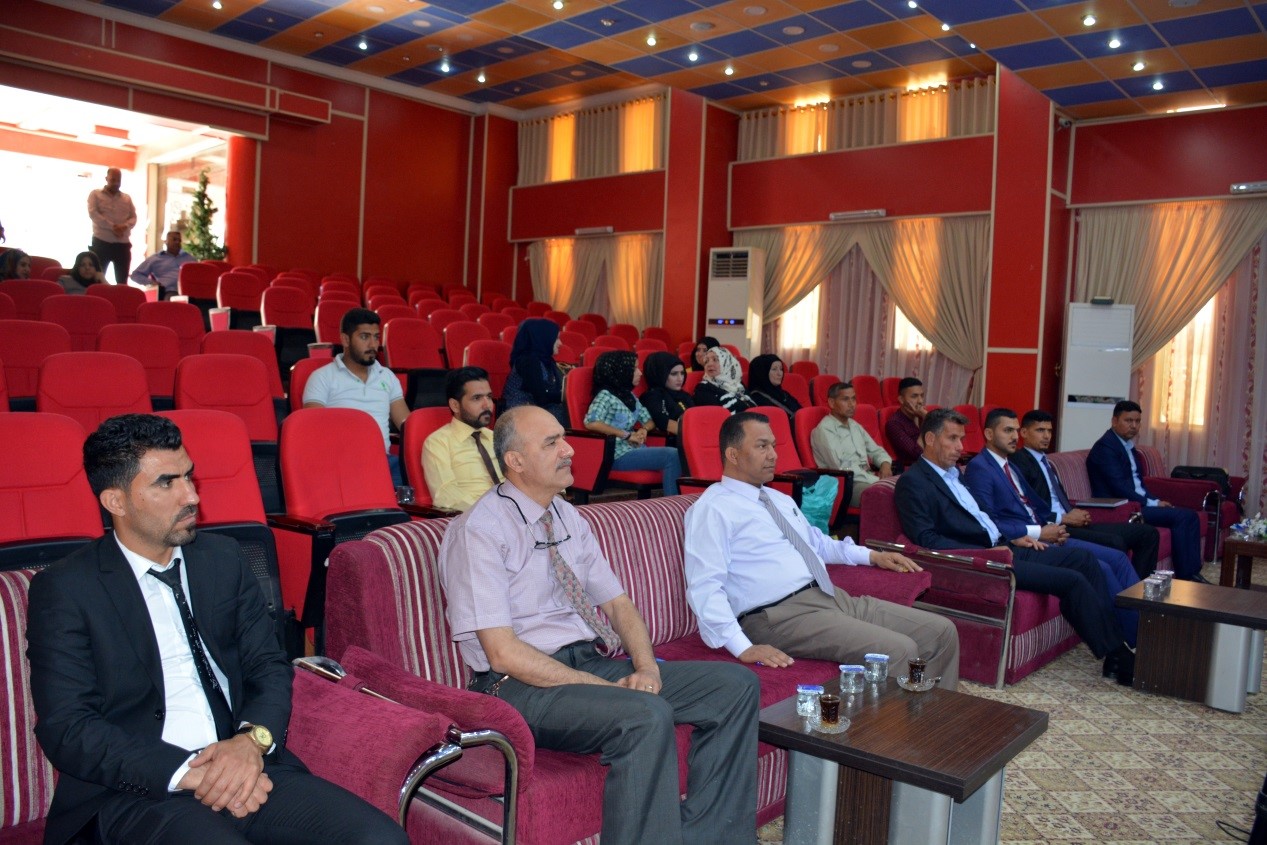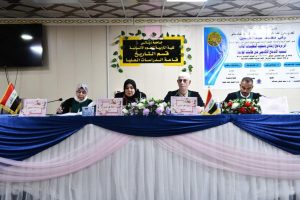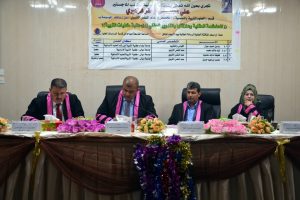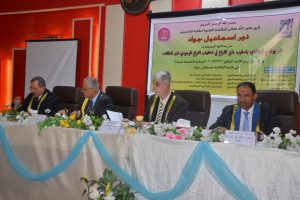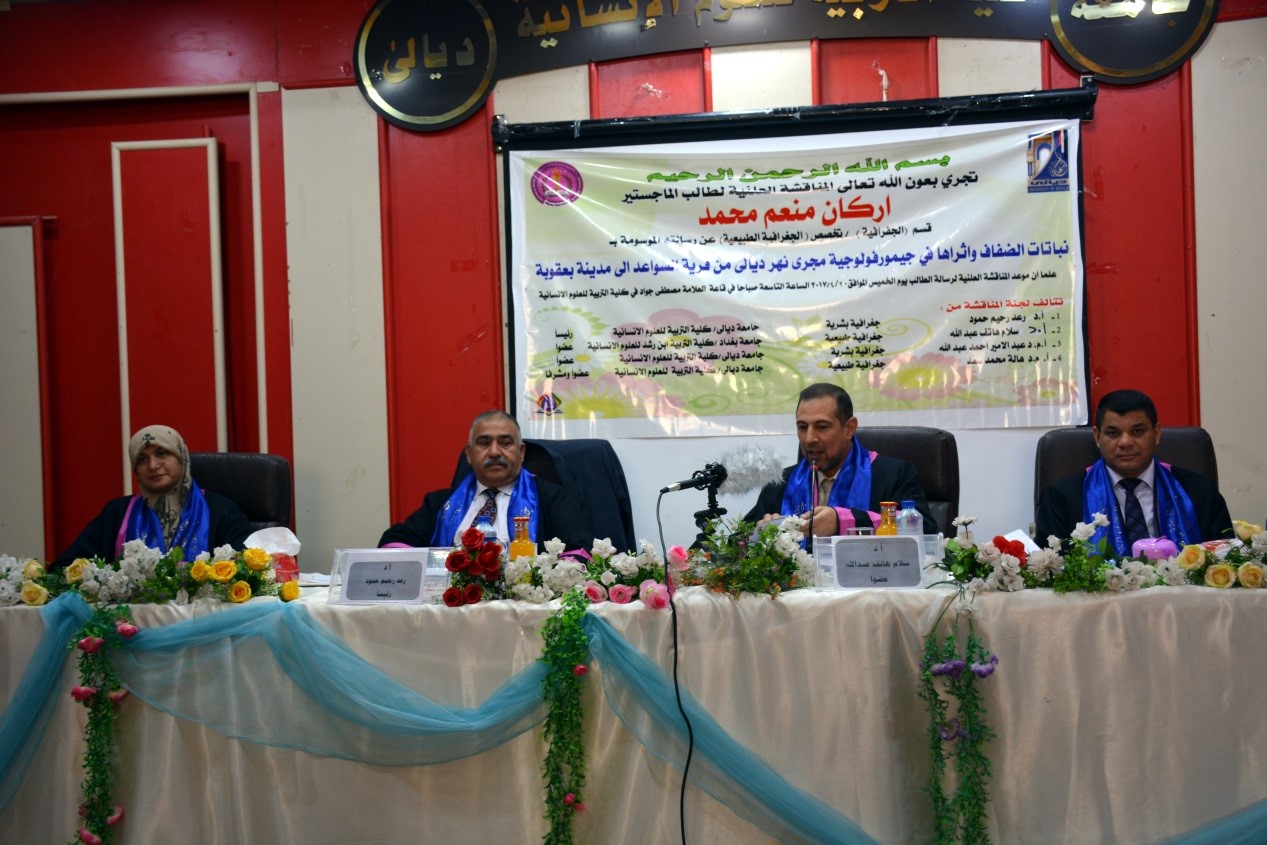
Master Thesis at the college of Education for Human Sciences discusses the vegetation of the banks and their impact on the geomorphology of the Diyala river
Master thesis at the college of Education for Human Sciences discusses the vegetation of the banks and their impact on the geomorphology of the Diyala river
The college of Education for Human Sciences discussed the master thesis (B) discusses the vegetation of the banks and their impact on the geomorphology of the course of the Diyala River from the village of Sawaed to the city of Baquba.
The study which was presented by the student ( Arkan Munaem Mohammed) aims to clarify the natural characteristics of the study area and study its effect on the development of the geomorphological forms of the Diyala River, and the role of the river plants in influencing the geomorphology of the course, and study the behavior of the geomorphological processes of the river and its role in drawing the current appearance of the river, (1976-2014) to illustrate the changes that occurred in the course of the Diyala river and the development of the river, both ancient and modern, the study reached several conclusions, the most prominent of which is that the study area falls within the sedimentary plain. The soil of the study area is characterized by good physical and chemical properties such as permeability and porosity, The Diyala river suffers from a lack of water quantities. This problem started with the beginning of climate change and also with the construction of the Hamreen Dam, which controls the amount of water releases. The geomorphological features within the study area are the geometric features of the tropics, and easy to flood, The Diyala river is characterized by a twisted river, and there is a difference in the general average of the width of the stream, mainly due to the lack of river drainage and the growth of the vegetation of the banks heavily around the course and the middle, which works to close the river and reduce the width of the river, The study recommended the necessity of draining the riverbed periodically to prevent accumulation of sediments in the riverbed because these sediments are a good environment for the growth of river plants, including reeds, and thus develop and become river islands. On the other hand, these sediments and dense river plants reduce the capacity of the river and also reduce the speed of water Within the riverbed, The erosion of the banks, which suffer from the process of continuous erosion with a material resistant to water erosion, and the dimensions of plants that work on the destruction of the banks through the mechanical work of roots, which have a significant role in the morphology of river shoulders morphology, And the need to develop awareness and guidance programs for farmers with agricultural properties over the shoulders of the river, and the need to increase the releases of water from the dam Hamreen to replenish the river amounts of water to restore activity and increase its capacity to carry river deposits to avoid the increase in the bottom trailing.
